美国国家肖像博物馆展出同性恋艺术家的作品
关于性别身份的展览
华盛顿--展览‘隐藏/寻找’:美国肖像画中的不同和欲望。 这是一个由联邦政府建立的博物馆,目前他已经抛弃了之前的‘不要问、不要说’,而开始深入的研究同性恋艺术家的艺术史和作品。
这次展览中的同性恋艺术家的作品,之前在他们创作的时候有很多是不可能被公开展览的,这次展览则是一个很好的开拓性展览,为他们的作品在美国绘画和摄影艺术史中找到了他们的位置。
策展人:Jonathan Katz 和 David C. Ward
如果你正在这个附近的区域内,那么这个展览是很值得一看的。展览一直会运行至:2011年2月13日。
消息取自站点:
http://photoblog.msnbc.msn.com/_news/2010/11/01/5390018-national-portrait-gallerys-hideseek-exhibition
http://www.npg.si.edu/
http://www.nytimes.com/2010/12/11/arts/design/11hide.html?emc=tnt&tntemail1=y
http://www.gaytravellersnetwork.com/profiles/blogs/usa-hideseek-national-portrait
http://www.tbd.com/blogs/tbd-arts/2010/10/hide-seek-at-the-national-portrait-gallery-a-first-look-3916.html
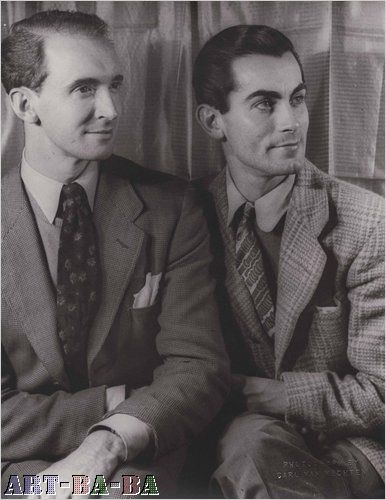
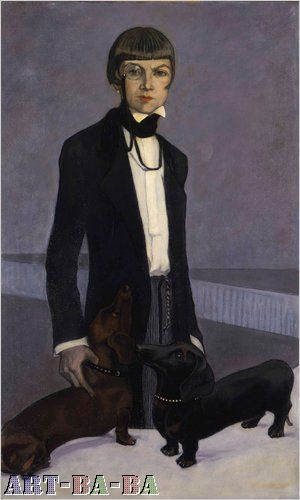
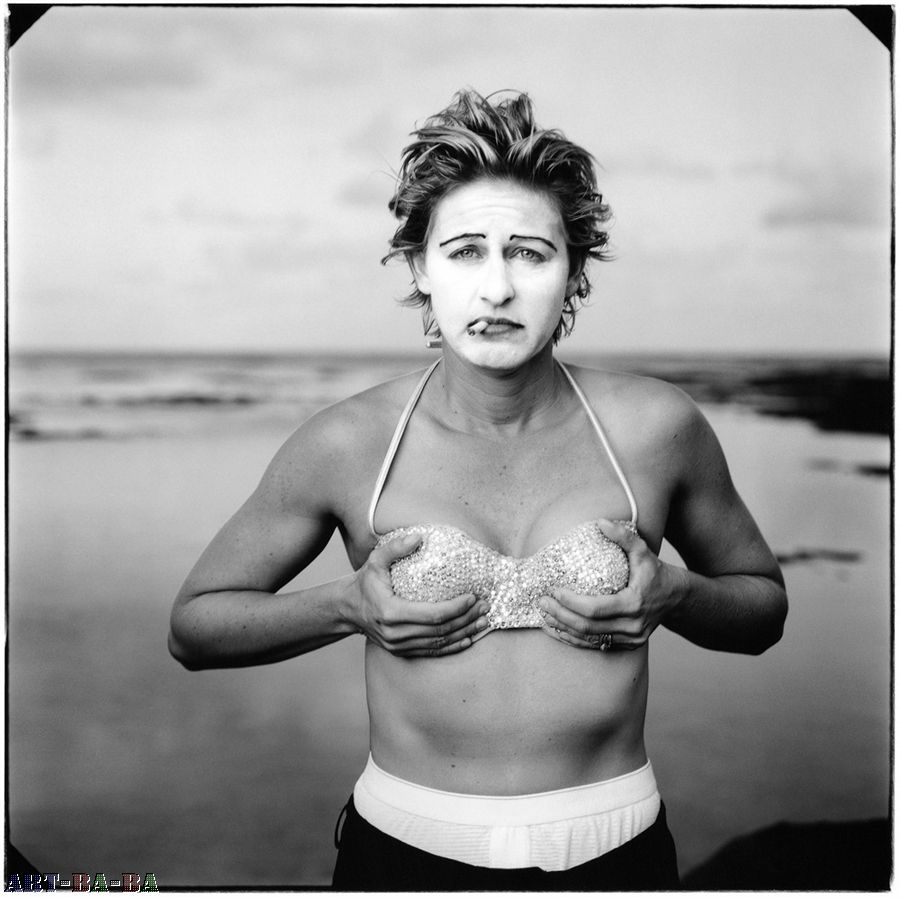
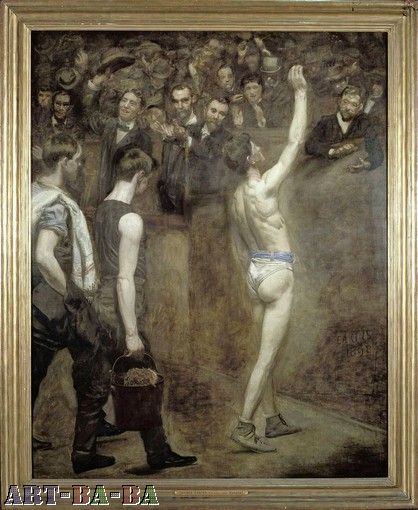
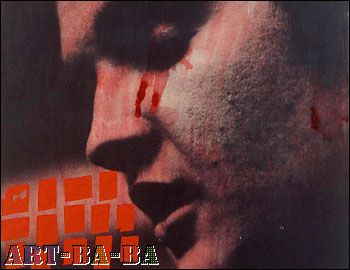
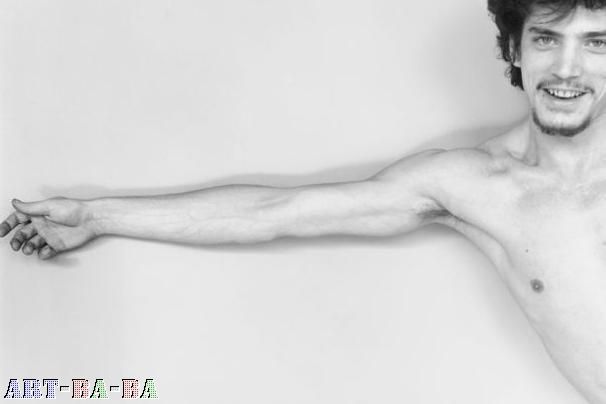
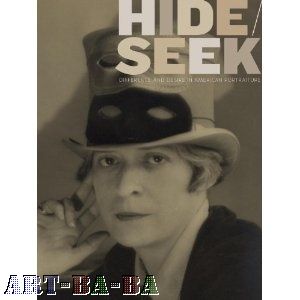
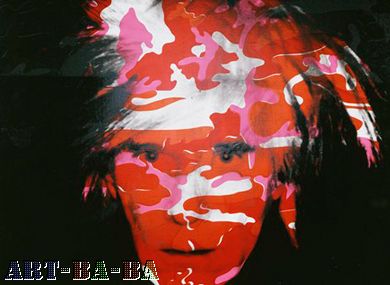
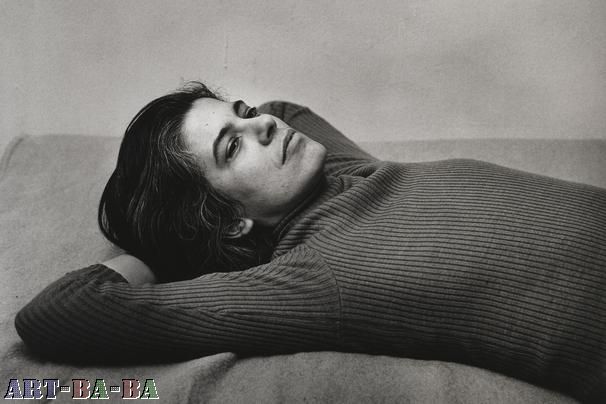
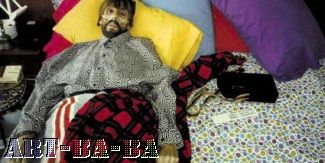
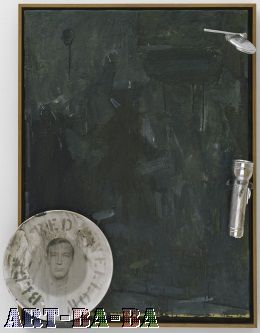
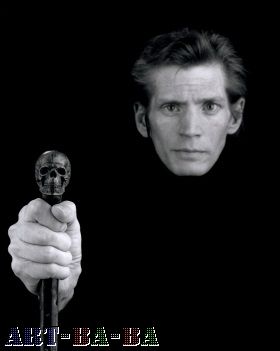
Same-sex love even as Smithsonian!
华盛顿--展览‘隐藏/寻找’:美国肖像画中的不同和欲望。 这是一个由联邦政府建立的博物馆,目前他已经抛弃了之前的‘不要问、不要说’,而开始深入的研究同性恋艺术家的艺术史和作品。
这次展览中的同性恋艺术家的作品,之前在他们创作的时候有很多是不可能被公开展览的,这次展览则是一个很好的开拓性展览,为他们的作品在美国绘画和摄影艺术史中找到了他们的位置。
策展人:Jonathan Katz 和 David C. Ward
如果你正在这个附近的区域内,那么这个展览是很值得一看的。展览一直会运行至:2011年2月13日。
消息取自站点:
http://photoblog.msnbc.msn.com/_news/2010/11/01/5390018-national-portrait-gallerys-hideseek-exhibition
http://www.npg.si.edu/
http://www.nytimes.com/2010/12/11/arts/design/11hide.html?emc=tnt&tntemail1=y
http://www.gaytravellersnetwork.com/profiles/blogs/usa-hideseek-national-portrait
http://www.tbd.com/blogs/tbd-arts/2010/10/hide-seek-at-the-national-portrait-gallery-a-first-look-3916.html












Same-sex love even as Smithsonian!
Smithsonian学院对展览的的一段问与答,有兴趣的朋友可以读读哦!
Smithsonian Q&A Regarding the "Hide/Seek" Exhibition
December 7, 2010
1. Does the Smithsonian stand behind the "Hide/Seek" exhibition or are you going to close the show?
The "Hide/Seek: Difference and Desire in American Portraiture" exhibition at the Smithsonian's National Portrait Gallery is a serious examination of the role sexual identity has played in the creation of modern American portraiture. The Smithsonian Institution stands behind the exhibition, and the show will remain open through the scheduled date of Feb. 13.
2. Why did the Smithsonian make the decision to remove the “Fire in the Belly” video by David Wojnarowicz from the exhibition?
Many people who contacted the Smithsonian and some members of Congress were upset about segments of the four-minute video (optionally accessed by visitors on a small touch screen in the exhibition) because it depicted a crucifix on the ground with ants walking on it. They interpreted the video imagery as anti-Christian.
This imagery was part of a surrealistic video collage filmed in Mexico expressing the suffering, marginalization and physical decay of those who were afflicted with AIDS. In the video, Wojnarowicz used religious imagery placing his work firmly in the tradition of art that uses such imagery to universalize human suffering.
Smithsonian officials and museum leaders are sensitive to public perceptions of the Institution’s exhibitions. In this case, they believed that the attention to this particular video imagery and the way in which it was being interpreted by many overshadowed the importance and understanding of the entire exhibition. Thus the decision was made to remove the video from the exhibition.
3. Who made the decision?
The Secretary of the Smithsonian, after hearing the opinions and views of the relevant parties, including the Under Secretary for History, Art and Culture, the National Portrait Gallery Director and the exhibition co-Curator.
4. How do you respond to critics, including the Association of Art Museum Directors, who say that you caved into conservative critics who think it's okay to censor art exhibits in museum?
We respect the AAMD position, and respectfully disagree with their conclusion. As a publicly supported museum, the Smithsonian has an important research and educational mission and needs to be responsive to a large and diverse audience. The change that was made was intended to clear up a misunderstanding, and help focus attention on the central theme of the exhibition, which is portraiture and the representation of gay and lesbian identities in American art.
5. What are you doing to warn visitors who may find the exhibition disturbing?
Acknowledging that some visitors may prefer not to encounter some of the subject matter in the exhibition, signs at both entrances read: “This exhibition contains mature themes.”
6. Why did you remove two protestors who showed the video inside the museum at the entrance to the exhibit? Were these two protestors banned for life by the Smithsonian?
The two people were asked to leave the museum because they were violating Smithsonian policy: They were videotaping in a no-photography area; distributing leaflets; and displaying a placard (iPad) – all of which are prohibited in Smithsonian museums. When the protestors refused to leave, Smithsonian security contacted the Washington, D.C. Metropolitan Police Department. The po:ice did not arrest them. The Metropolitan po:ice issued the protestors a citation (barring notice), which states they are barred from the building for 12 months. The protestors were not banned from the museum for life.
Smithsonian Q&A Regarding the "Hide/Seek" Exhibition
December 7, 2010
1. Does the Smithsonian stand behind the "Hide/Seek" exhibition or are you going to close the show?
The "Hide/Seek: Difference and Desire in American Portraiture" exhibition at the Smithsonian's National Portrait Gallery is a serious examination of the role sexual identity has played in the creation of modern American portraiture. The Smithsonian Institution stands behind the exhibition, and the show will remain open through the scheduled date of Feb. 13.
2. Why did the Smithsonian make the decision to remove the “Fire in the Belly” video by David Wojnarowicz from the exhibition?
Many people who contacted the Smithsonian and some members of Congress were upset about segments of the four-minute video (optionally accessed by visitors on a small touch screen in the exhibition) because it depicted a crucifix on the ground with ants walking on it. They interpreted the video imagery as anti-Christian.
This imagery was part of a surrealistic video collage filmed in Mexico expressing the suffering, marginalization and physical decay of those who were afflicted with AIDS. In the video, Wojnarowicz used religious imagery placing his work firmly in the tradition of art that uses such imagery to universalize human suffering.
Smithsonian officials and museum leaders are sensitive to public perceptions of the Institution’s exhibitions. In this case, they believed that the attention to this particular video imagery and the way in which it was being interpreted by many overshadowed the importance and understanding of the entire exhibition. Thus the decision was made to remove the video from the exhibition.
3. Who made the decision?
The Secretary of the Smithsonian, after hearing the opinions and views of the relevant parties, including the Under Secretary for History, Art and Culture, the National Portrait Gallery Director and the exhibition co-Curator.
4. How do you respond to critics, including the Association of Art Museum Directors, who say that you caved into conservative critics who think it's okay to censor art exhibits in museum?
We respect the AAMD position, and respectfully disagree with their conclusion. As a publicly supported museum, the Smithsonian has an important research and educational mission and needs to be responsive to a large and diverse audience. The change that was made was intended to clear up a misunderstanding, and help focus attention on the central theme of the exhibition, which is portraiture and the representation of gay and lesbian identities in American art.
5. What are you doing to warn visitors who may find the exhibition disturbing?
Acknowledging that some visitors may prefer not to encounter some of the subject matter in the exhibition, signs at both entrances read: “This exhibition contains mature themes.”
6. Why did you remove two protestors who showed the video inside the museum at the entrance to the exhibit? Were these two protestors banned for life by the Smithsonian?
The two people were asked to leave the museum because they were violating Smithsonian policy: They were videotaping in a no-photography area; distributing leaflets; and displaying a placard (iPad) – all of which are prohibited in Smithsonian museums. When the protestors refused to leave, Smithsonian security contacted the Washington, D.C. Metropolitan Police Department. The po:ice did not arrest them. The Metropolitan po:ice issued the protestors a citation (barring notice), which states they are barred from the building for 12 months. The protestors were not banned from the museum for life.